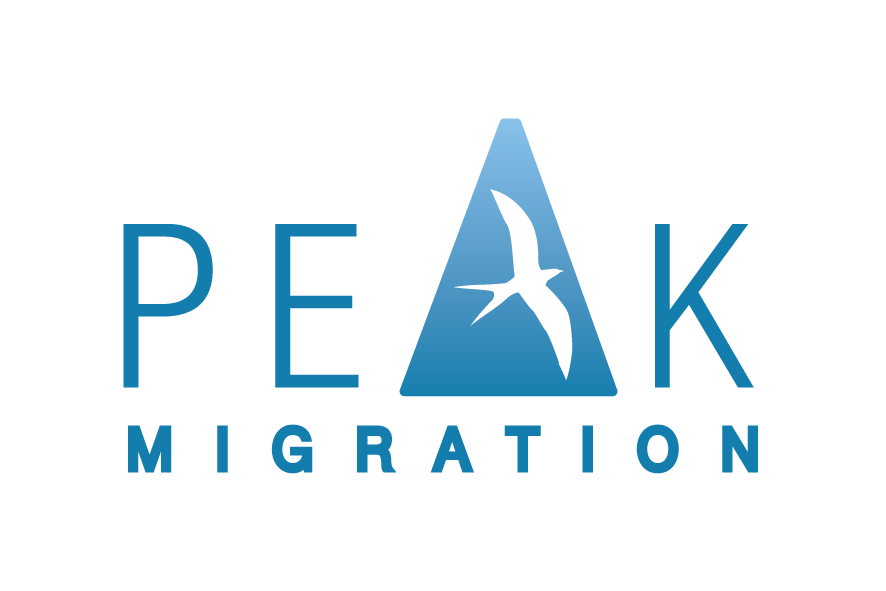2019-20: 88 per cent of Australia’s migration planning levels reached, 140,366 visas granted
/The number of Australian visas granted under the government’s permanent planning levels last program year, which ran from 1 July 2019 to 30 June 2020, was 140,366 of the 160,000 non-humanitarian visas allocated. This is 88 per cent of the total, however, there were some surprising results for certain visa categories.
Yesterday, the Acting Minister for Immigration, Citizenship, Migrant Services and Multicultural Affairs released the outcomes for the 2019-20 migration program year. That is, the number of visas granted and according to their visa category.
Australia’s migration program is set each year with a certain number of planned visas to be granted. This year’s numbers have yet to be finalised due to the delay in the Federal Budget. They do not account for temporary visas, such as visitor or student visas, but do include provisional visas, such as the Subclass 491 – Skilled Work Regional (Provisional) visa.
For partner visas, planning levels include temporary partner visas, Subclass 309 - Partner (Provisional) visa and Subclass 820 – Partner visas, but does not include their permanent partner visa equivalents, the Subclass 100 – Partner visa and Subclass 801 – Partner visa. This is because like provisional visas it is assumed, and likely expected, these visa holders will progress to a permanent visa and therefore many would likely be counted twice. Interestingly, there is no definition for provisional visas in law, and they are technically temporary visas. Section 30 of the Migration Act 1958 (Cth) only recognises the binary categories of temporary and permanent visas as the two different kinds of Australian visas.
Approximately two-thirds are allocated for skilled migrants and their family members, and one-third to family reunion visas.
The number of visas granted, compared to planned and their percentage is below:
2019-20 MIGRATION PROGRAM
Skilled Stream
Employer Sponsored: 29,261 of 30,000, 97.54%
Skilled Independent: 12,986 of 16,652, 77.98%
Skilled Employer Sponsored Regional: 8,372 of 10,000, 83.72%
Skilled Work Regional: 15,000 of 15,000, 100.00%
State/Territory Nominated: 21,495 of 24,968, 86.09%
Business Innovation and Investment: 4,420 of 6,862, 64.41%
Global Talent: 4,109 of 5,000, 82.18%
Distinguished Talent: 200 of 200, 100.00%
Skill Total: 95,843 of 108,682, 88.19%
Family Stream
Partner: 37,118 of 39,799, 93.26%
Parent: 4,399 of 7,371, 59.68%
Other Family: 444 of 562, 79.00%
Family Total: 41,961 of 47,732, 87.91%
Special Eligibility: 81 of 236, 34.32%
Child: 2,481 of 3,350, 74.06%
Total: 140,366 of 160,000, 87.73%
Outside of the 160,000 visas planned, there was also 13,171 humanitarian visas granted which include 11,521 offshore and 1,650 onshore visas.
Some observations and potential explanations for some differences:
Subclass 189 - Skilled – Independent visas had 78 per cent of their planned visas approved. The shortfall is perhaps a response to responding to the coronavirus pandemic and the subsequent strangulation of the number of invitations issued for later months in the year.
Regional employer-sponsored visas, which consist of the Subclass 187 - Regional Sponsored Migration Scheme visa and its effective replacement of the Subclass 494 – Skilled Employer Sponsored Regional (Provisional) visa was 84 per cent. As the 187 visa was all but repealed with the exception of certain legacy visa holders and with the world at large given plenty of notice of its closure, there was likely a rush to lodge 187 visa applications before 16 November 2019. If this is the case, the number of 494 visas granted in years to come may fall significantly considering the skill requirements for visa applicants are generally harder.
The Business Innovation and Investment Program (BIIP) was the worst-performing, with only 64 per cent.
While partner visas had a high 93 per cent of planned visas processed, this is unlikely to appease those patiently waiting. Unfortunately, there are simply far more partner visas lodged each year to be granted, than allocated and refused or withdrawn.
Parent visas have fallen well short of the planned numbers at only 60 per cent. The reason can only be a mystery and with a program restricted by legislation, will no doubt only add to the growing queue after planning levels had to account for temporary retirement visa holders transitioning to a permanent visa.
Overall, and perhaps with the exception of parent visas as above, migration planning levels are in some sense aspirational rather than a target or ceiling. This is because as long as an application has been validly lodged and meets the relevant regulations it must be approved. The solution to this is the General Skilled Migration (GSM) program, for which invitation numbers can be decided at will, especially the 189 visa and 491 visa sponsored by an eligible relative, and can vary considerably in not just the number of invitations issued but now by the qualities of its applicants, such as occupation, as recently reported. This is, however, likely to be a short-term measure. Communication gleaned from a Freedom of Information request all but confirms health professionals were targeted with invitations in those months.
The other extraordinary possibility of capping and ceasing visa applications seems to be behind us and previous uses were good reasons why the invitation system for independent visas was introduced. While this power still exists, these drastic measures are unpopular with potential migrants and damages the confidence in Australia’s migration program.

